Keywords
|
| Autonomic resource provisioning, performance assurance, multitier Internet services, control, Fuzzy Logic, Fuzzy Inference System. |
INTRODUCTION
|
| Web server provides the end to end response process towards the multiple use of clients. These multiple user interacts with the multiple servers with securing the internet connections is called multi-tier clusters. these also can be termed as multi tier architecture. these process are called as multi tier architecture. through the use of HTTP request and response. the server helps the user and satisfies the request by the concept of its database materials. But when multiple users wants to interact with the server there may collapse arrive when hitting the requests process at the same time usage of the multiple clients. then the requested data can be received by the requested concerned clients. but the time management has been varied to the each separate users due to their first come first serve, and the accessing time between various users for their requested data. the multi-tier application architecture also typically been named as three-tier architecture. they are front end web it is responsible for request in http process. then next one is middle tier it is responsible for core concepts such as java, enterprise platform orientation, then third one is backend tier. it is responsible for carrying the data and then transform it to the main server. basically the single tier extends the virtualized multitier architecture. nowadays we cannot expect the rapid performance from the one tier architectural design by the help of servers clustered into it. as we already discussed that servers have the limited tendency to pertain the heavy load base mechanisms. For these purpose, we are modernizing our technologies into sufficient ways by containing multi-tier applications for the various servers we need to achieve the end-to-end response by these multi-tier applications, by the method known as fuzzy logical controller. we need to emphasis three things in these concept that is efficient virtual server provisioning scheme is to be maintained , because the virtual server problem cannot be fully flushed out but it to be avoided, prevented or reduced as much as the effort we are taking for it. The end-to-end response guarantee time have to be maintained. the second thing which we have to implement is the end to end response process should be much better networking stage. the third is how to reduce the delay effect of the web client to server and server to client connections. the end to end server provisioning concept utilizes the allocation time being concept and response time access that assumes as like t1, t2,t3,etc as client request 1, client request 2, client request 3,etc. the end to end server responses the queries of the client accesses at good accuracy and defined data efficiently. the main drawbacks of dynamic behaviour of the server may leads the performance bottleneck from one tier to another. to avoid the bottleneck drawbacks and performance we conducting end to end response time activities. so that it can satisfy the clients by distributing their expected data by proper way of handling the data from the database. these is the first step to avoid the virtual memory build in server. the second important thing is to maintain the end-to end response performance between the client and the server connectivity. so here 90th percentile response progress has been taken into an action. in these 90th percentile concept deals with the queuing model based design can be monitored. nowadays 95th percentile response time guarantee that uses an offline application technique. this techniques is used for per-tier application based queuing model. there are two key problems they are model dependent. and second one is application profiling has to be done in offline for each workload. In order to evaluate these problems the self tuning modelindependent fuzzy controller has been introduced. fuzzy controller makes the performance guaranteed controller which has been designed specifically for it. basically fuzzy controller has been designed to deal with the single tier architectural basis. but as by days past on it assures fuzzy controller can have ability to process it in multitier architecture. we can use it for both uniform and non-uniform function. |
| The virtual memory space is a build-in default functionality which generates non-negligible latency to multitier server and affects the end-to-end response activities. the system's instability(i.e. overload imbalance) also extends the time elongation. these process delay concepts can adjusts by self-tuning components such as fuzzy logical controller. the process known as TPC-W benchmark has been acted as a customer behaviour model. typically these results can able to reduce the number of virtual servers can make better performance guarantee. results shows that the fuzzy controller have the tendency to perform great efficiency, in end-to-end response for fast convergence by the help of its features self tuning and non-uniform function |
RELATION WORK
|
| Resource management is the main process for quality of service in multitier applications. the dynamic provisioning technique on virtualized multi-tier server clusters gives n number of sets to work done by the per-tier architecture. as per based on end-to-end response time targets consumption. the profiling concepts are also being used in fuzzy controller that could make the time consuming and complex in nature. the fuzzy controller provides the control policy issues of the workloads of the virtual dynamic server. there is a algorithm named Utilization Control Algorithm (EUCON) which insists to real time performance for each chain of subtasks has distributed on multiple processors. another algorithm called decentralized algorithm(DEUCON) which is opposite of centralized schemes. Also the procedure called Proportional Integer(PI) obtaining to construct end to end response more precisely. |
| II.A. EFFICIENT SERVER PROVISIONING APPROACH |
| To maintain the efficient server provisioning we have to divide the provisioning process into a sequence of intervals by the measured resource. The First Come Serve Algorithm and processor sharing technique has been used in fuzzy controller logics. |
A SELF-TUNINGFUZZY CONTROLLER
|
| A self tuning fuzzy controller describes the number of servers to be allotted to each tier at a given norms without depending on each other's performance. to make much stronger and authenticated the fuzzy controller grows uniform and non-uniform membership functions. The self tuning capability derives to eliminate the process delay to the multi-tier. A self tuning fuzzy controller describes the number of servers to be allotted to each tier at a given norms without depending on each other's performance. to make much stronger and authenticated the fuzzy controller grows uniform and non-uniform membership functions. The self tuning capability derives to eliminate the process delay to the multi-tier. |
FUZZY CONTROLLER ARCHITECTURE
|
| Normally the fuzzy controller calculates the two ratios. they are the target value and the measured value. A Self tuning fuzzy controller simple diagram the n number of servers allocated to specific tier is determined by the ratio of average response time to the sum of average response time of all tiers. |
| The fuzzy controller consists of four segments. they are : |
| IV.A. RULE BASE |
| It is the core component of the fuzzy logics. it consists of set of rules which can be followed by the fuzzy controller through that decisions has been made. The fuzzy controller is based on HEURISTIC CONTROL KNOWLEDGE. these fuzzy logic doesn't came into execution as easy as we assuming in the earlier stages. after many such rule bases, trials, errors and exceptions, then only later on results came up with good possible feedback status from it. That rules has been grabbed from the linguistic variables are used to tune the performance. |
| IV.B. INTERFACE |
| The Fuzzification interface converts the numeric values of the controller inputs into equivalent fuzzy values and finally it generates the fuzzy conclusions by giving one by one separate outputs. |
| IV.C. DEFUZZIFICATION |
| These accumulate and combines all the separated outputs into a single output. it again converts the equivalent fuzzy outputs into numeric values. |
DESCRIPTION
|
| In the efficient server provisioning number of classes is there that is login classes, registration, Client, Main server, application Server1,application server 2, application server 3, database class for application 1,application2,application 3, database class for login, database class for registration, like that number of classes that are implemented in the project. Number of client dynamically enters to process the request to the server, and the server can easily handles the number of clients also using internet protocol address and port numbers. If client request means the client request goes to server. Server is connected with number of application servers. The servers send the request to particular application by using such mechanism called fuzzy mechanism. |
| The level 0 is descript the server can check the if the login user are valid or un valid user, the data about the user checked by the data base. If user is not valid the server cannot allow the user to process. If the user need to registration after completed the registration the user are valid to process. V.B. Level 2 |
| Application server is a program that handles all application operations between users and an organization's backend. The Level 1 descript as application server, the functionality of application server what is it means it is act like a container. Application servers are software that helps to reduce the work load to standardise the communication between the client and the server that are mostly distributed in nature. |
FUTURE ENHANCEMENT
|
| In this multitier application, Client request and server response and the client satisfied the server time guarantee and reasonable response. Here Fuzzy Mechanism plays the important role and do some important analysis to reduce and execution time. For future purpose, in this project three application server is running at same time. Server response the client by using the application server features. If any application server is such failed for sometime but not long time, at the time of situation the web server handle the process, because server takes the backup of the failed application server. If application server is revoked for the crash, it will continue it execution. |
ADVANTAGES
|
| Future process will overcome the false detection process. If any client request related to application server 1 means at the time, the application server 1, failed for such network failure so that Main server takes the backup of application server 1 file, so the main server provide the information to the client. |
RESULT
|
| Thus these execution part of the project shows the end to end response over time guarantee implementation which makes the client and server a better time inter action. Here the term SLA process(i.e. Service Level Agreement) used to minimize the time by the help of well performed application servers. By these SLA we can minimise the level of Virtual memory. error by these way we can tend to achieve the maximum execution of the client request. These SLA also serves as the recovery of time from the error and it can also able to refresh the requested data from the error. these project work displays the work done and transmitted to the client request precisely and accurately. so it reduce the time baring capacity and makes a difference between the response time than others. Here the fuzzy plays a vital role in the reaction time being used at present. |
CONLCUSION
|
| Able to significantly reduce the number of virtual servers allocated for the end-to-end response time guarantee of multitier Internet applications. Suitable for long term process. Response time is satisfied by the client. This type of implementation is suitable for the heavy load internet application like railways. These implementation protect the cost of the resources allocation in the Prototype data centres. |
Figures at a glance
|
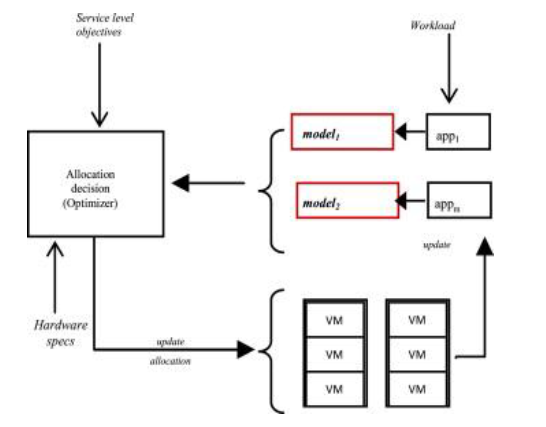 |
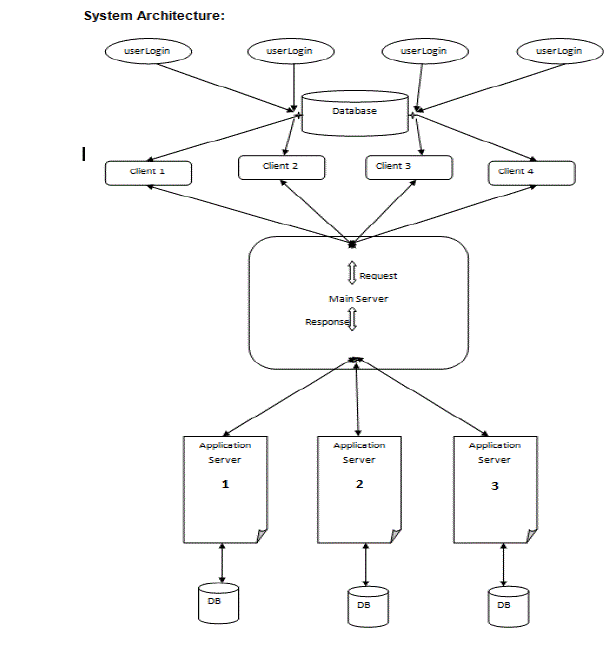 |
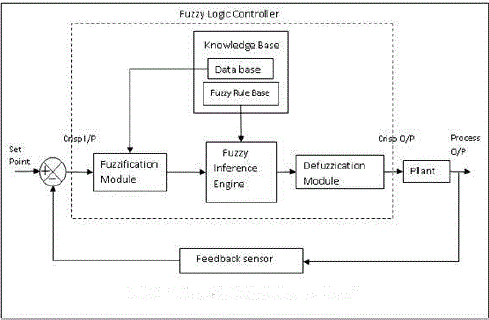 |
| Figure 1 |
Figure 2 |
Figure 3 |
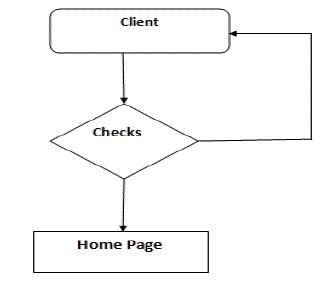 |
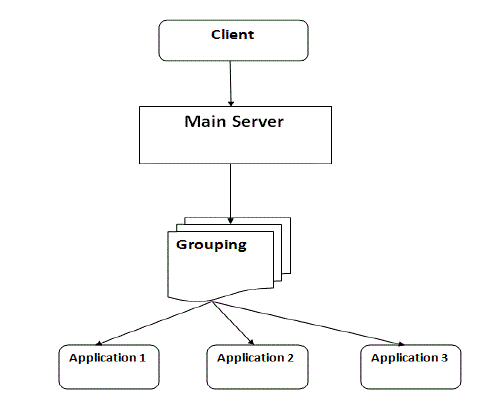 |
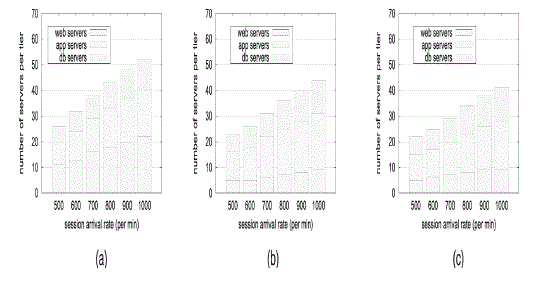 |
| Figure 4 |
Figure 5 |
Figure 6 |
|
References
|
- T.F. Abdelzaher, K.G. Shin, and N. Bhatti, “Performance Guarantees for Web Server End-Systems: A Control-Theoretical Approach,” IEEETrans. Parallel and Distributed Systems, vol. 13, no. 1,pp. 80- 96, Jan. 2002.
- J. Chen, G. Soundararajan, and C. Amza, “Autonomic Provisioningof Backend Databases in Dynamic Content Web Servers,” Proc . IEEE Int’l Conf. Autonomic Computing (ICAC), 2006.
- Y. Diao, J.L. Hellerstein, S. Parekh, H. Shaihk, and M. Surendra,“Controlling Quality of Service in Multi-Tier Web Applications, ”Proc. IEEE 26th Int’l Conf. Distributed Computing Systems (ICDCS),2006.
- S. Elnikety, S.G. Dropsho, and W. Zwaenepoel, “Tashkent+:Memory-Aware Load Balancing and Update Filtering in Replicated Databases,”Proc. European Conf. Computer Systems (EuroSys),2007.
- M. Harchol-Balter, “Task Assignment with Unknown Duration, ”J. ACM, vol. 29, no. 2, pp. 260-288, 2002.
- A.Kamra, V. Misra, and E.M. Nahum, “Yaksha: A Self-Tuning Controller for Managing the Performance of 3-Tiered Web Sites,”Proc. Int’l Workshop Quality of Service (IWQoS), 2004.
- Karve, T. Kimbrel, G. Pacifici, M. Spreitzer, M. Steinder, M.Sviridenko, and A. Tantawi, “Dynamic Placement for Clustered Web Applications,” Proc. ACM 15th Int’l Conf. World Wide Web,2006.
- P. Lama and X. Zhou, “Efficient Server Provisioning for End-to-End Delay Guarantee on Multi-Tier Clusters,” Proc. IEEE Int’l Workshop Quality of Service (IWQoS), 2009.
- X. Liu, L. Sha, and Y. Diao, “Online Response Time Optimization of Apache Web Server,” Proc. Int’l Workshop Quality of Service (IWQoS), 2003.
- X. Liu, J. Heo, L. Sha, and X. Zhu, “Queuing-Model-Based Adaptive Control of Multi-Tiered Web Applications,” IEEE Trans. Network and Service Management, vol. 5, no. 3, pp. 157-167, Sept.2008.
|